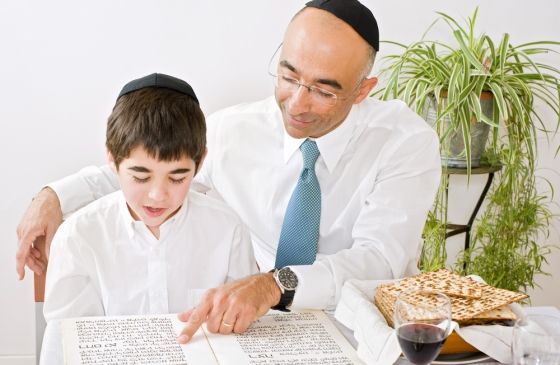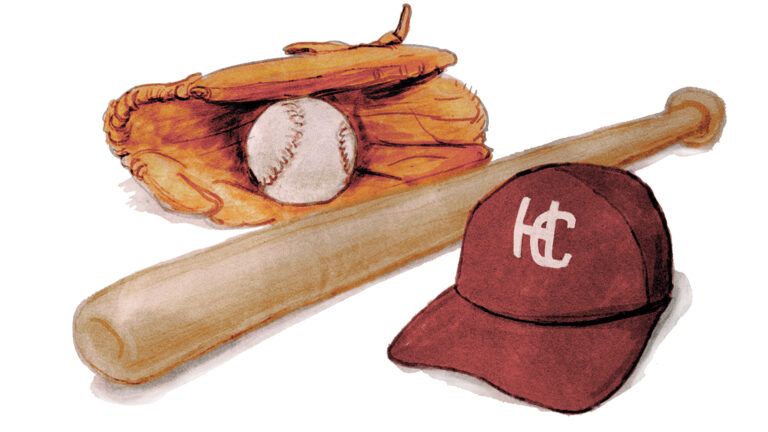I barely had time to pick the plastic grasshoppers out of my hair before the ninth plague hit. The lights went out in the room, submerging us in darkness. Well, only as dark as it gets in the Boston suburbs.
While I was trying to remember which plague came last (mostly to prepare myself for whatever would next be thrown about the dining room), I got hit in the face with a plastic frog.
Jewish families have been ritually remembering the ten plagues of Egypt for centuries during Passover Seders, ritual feasts celebrated on the first and second nights of Passover’s eight days. The meal commemorates the ten plagues God set upon Egypt to force the Pharaoh to relent and set the Israelites free.
At my friend’s house, they got creative. At the start of the Seder, my friend’s mother trotted out a cardboard box full of “plagues.” As we ritually recited the pestilences brought by God upon Egypt, she reached into her box of “goodies” and threw its contents about the room: plastic frogs (the second plague), rubber flies (lice, the fourth plague), Styrofoam balls (the “hail” of the seventh plague), plastic grasshoppers (locusts, eighth plague) and so on.
Let me make this clear: My friend’s family doesn’t hold a “typical” Seder. But I like to think that their unique take on it exemplifies the whole point of Passover: to engage children in learning about their faith.
"On that day tell your son, ‘I do this because of what the Lord did for me when I came out of Egypt.’” (Exodus 13:8). That was the instruction from God back in Moses’ day, telling the Israelites to forever remember the Exodus from Egypt.
Typically observed in March or April, Passover celebrates the freedom from slavery and the unjust rule of the Pharaoh. At Passover, we read the Haggadah, the account of the Exodus, during our Seder. Grandparents and parents pass on the story of Passover to their children, as part of the ceremony.
The youngest person in the room asks the traditional Four Questions, all of which center around one: “Why is this night different from all other nights?” The answer is a compelling story of adventure, hope and triumph—just the kind of story that captures a child’s attention.
At my friend’s house, when the meal ended—and the plagues were cleaned up—the last remaining act of the Seder was to eat the afikomen—a broken piece of matzo wrapped in cloth and hidden somewhere in the house at the beginning of the Seder.
The afikomen represents the Paschal Lamb, offered up by the Israelites to God on the night of their flight from Egypt. Because the lamb was the last part of the meal, custom dictates that it be eaten at the end. The tradition of hiding it is more modern. Because they are promised a chance to find it for a reward when the time comes, the children supposedly stay more engaged throughout the Seder.
That evening, the kids jumped up from the table and scrambled around the house trying to find the hiding spot. The child who found it strutted up to the head of the household and stuck his hand out in anticipation of his reward.
Without hesitation, my friend’s father dropped a big plastic frog into his outstretched hand. Everyone giggled, including the triumphant boy. (He was later handed a crisp dollar bill for his efforts.)
We then gave him a glass of wine, which he placed on a table next to the open front door, and some chocolate gold coins. (In Jewish tradition, at Passover an extra cup of wine is poured and left by the open door for the prophet Elijah.) He then ran back into the dining room, heading for the desserts that were making their way to the table.
Later I asked the boy what his favorite part of Seder was.
“The story of the escape!” he replied. “We wouldn’t be here today if they didn’t escape from Egypt!”
Then, before he ran off to play with his cousins, he turned back to me and added, “Oh, and also when the frog hit you in the face!”





